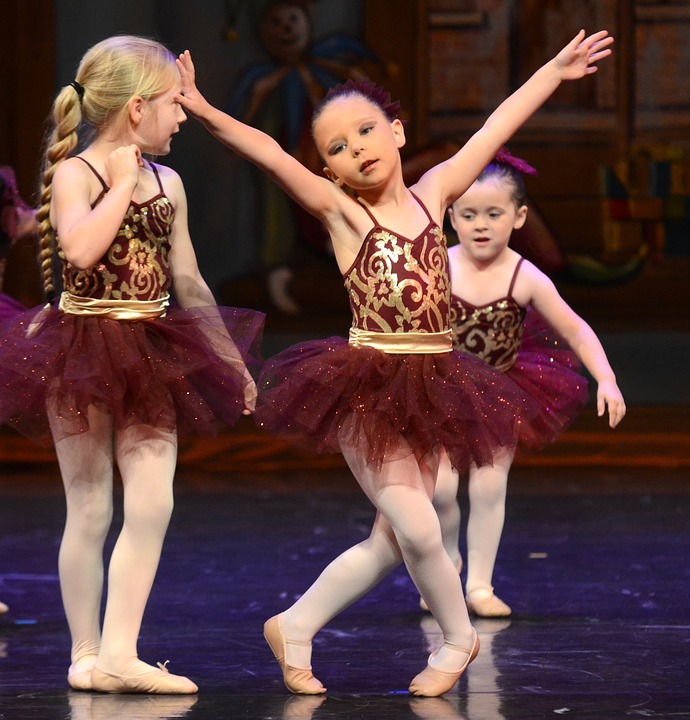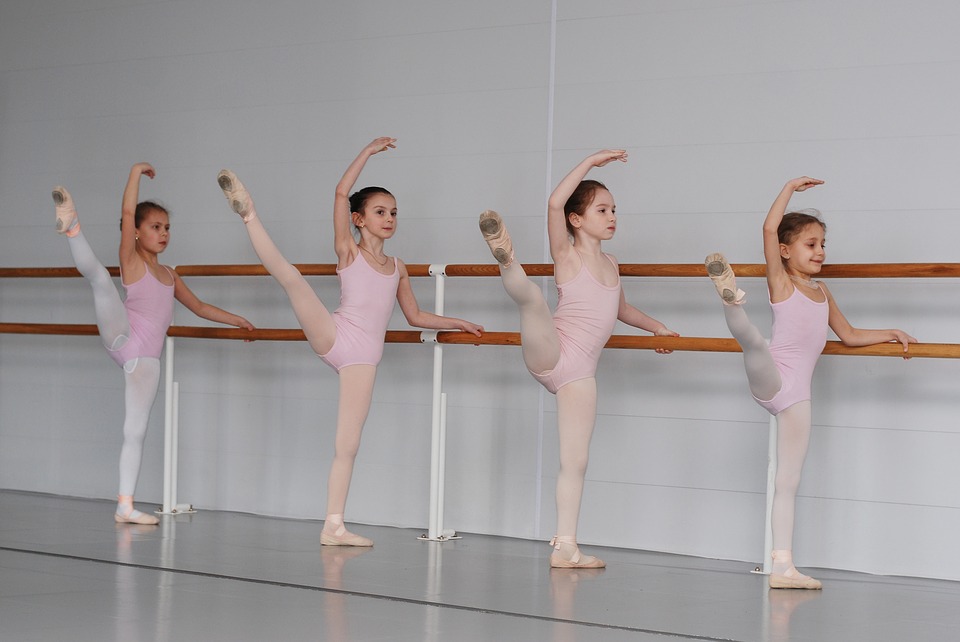So, you have enrolled your little one in dance. This is a good activity for a child for many reasons. Many times this is their first time to be part of a group. Learning to work with others is a skill they will always need. Below, you will find some tips on dancewear for your child. These tips will ensure that your child has what they need and it will ensure their new activity is a positive one.
Getting started
Your child’s instructor will give you a list of items that your child should wear to dance class. This is not optional. As cute as your child is, he or she needs to be dressed like the other children in their dance team. They are part of a group from the beginning of the class until the end of the recital.
-
Dance shoes
Dance shoes are the number one, most important dancewear item you can buy. Shoes protect their feet and support the ankle. The type of shoe you buy is dependant upon the kind of dance they are taking. Ballet slippers, tap, Hip Hop sneakers, and jazz all have special shoes that are designed for that genre.
Dance shoes must fit well. Try them on with socks and try them on again with tights. Wearing ill-fitting shoes can hurt your child.
No matter what shoes you purchase, explain to your child that they only wear them for dance. Shoes that have been worn off the dance floor can damage the floor and could possibly contribute to injuring your child.
-
Leotards
Leotards are standard items in every dancer’s life. Ask your instructor if there is a particular color that your child’s class is to wear. For your beginner, buy traditional cut (rounded neckline) in short sleeves and long sleeves. Big names in the business like Just For Kix, has basics on their website and all you have to do is view the page and order online.
Your child should always have a spare leotard in their dance bag. If the leotard they are wearing gets torn, or if something is spilled on them, the spare will save the day.
-
Tights, Leggings, Dance Pants
Tights are a standard dance staple. Everyone needs tights. But, sometimes leggings or pants will be acceptable. When the teacher needs to see every muscle the child moves to ensure they are stepping correctly, they will ask them to wear tights. If they are rehearsing, the teacher may allow them to wear leggings or dance pants. If you live in a cold area, it makes it easier to get them in and out of the studio without getting too cold.
Note: dress your child in their leotard and tights before you arrive at the studio. They should be ready to dance when they walk in (with the exception of putting on their dance shoes.) If it is cold, just put some sweats on them over their dance outfit.
-
Warm up clothes
Muscles must warm up before they are used and cool down after. This is done with a series of stretches, but dancers still need something to cover up in. Big sweaters, jackets, oversized tee shirts or flannel shirts are all good choices. Leg warmers are also a big help. It really doesn’t matter what they look like as long as they are warm and comfortable.
-
Ballet skirts
Your child may feel uncomfortable in a leotard and tights for the first time. It is an unusual outfit for someone who has never taken dance. In this case, ask the teacher if they can wear a dance skirt. They are easy to out on. If the teacher does not allow it, at least they can wear it while they are practicing.
Bonus tip
-
Dance Bag
While this is not technically dance wear, it is very important. A dancer’s bag is their lifeline. Your child should have extra dance clothes, a water bottle, hair bands, warm-up clothes, and some high-protein snacks. Everything a dancer needs is kept in her dance bag. Since your child is young, you may keep things inside that are for emergencies (such as allergy medication) and emergency phone numbers. You will feel good knowing your child is prepared for anything.
As your child grows up and advances in dance, there was be many cool dance items that they will want. There are outfits that go easily from the studio to outside. But, until they reach that point, enjoy them and give the same things the other kids get. Let them know what it feels like to be part of a team.


